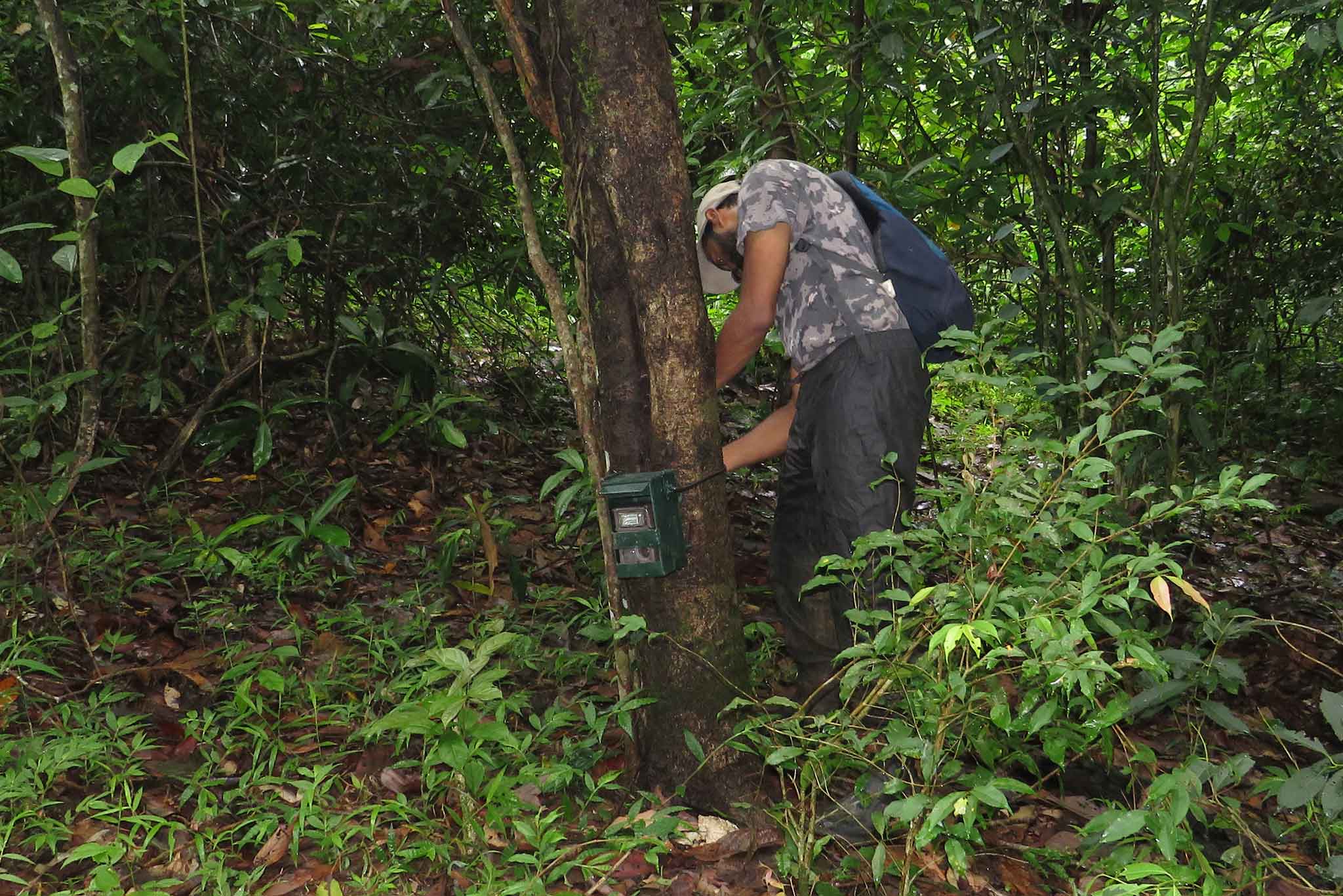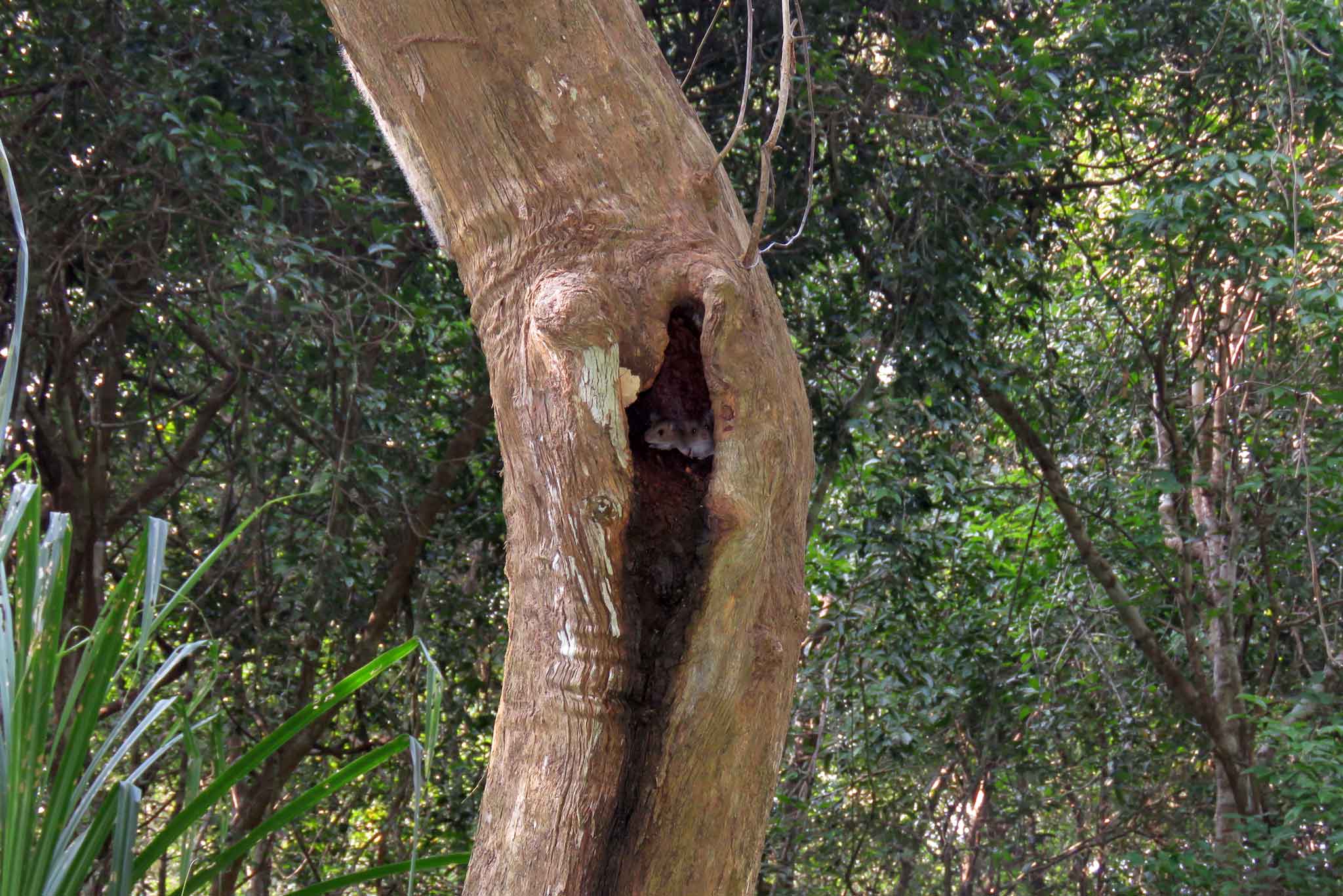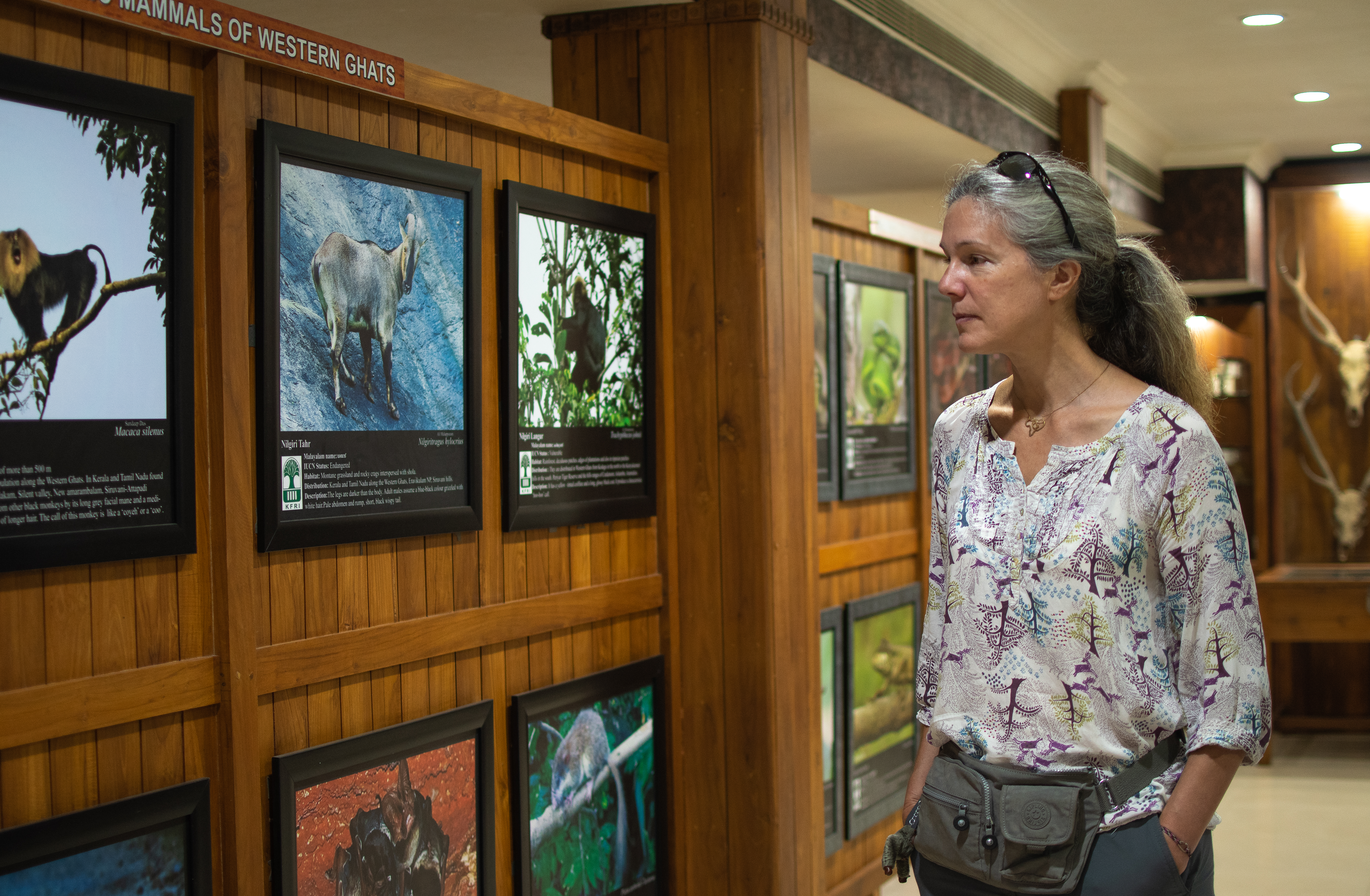Life history evolution and natural history
Information on the life-history traits are essential for estimating the population growth rates, evaluating various hypotheses regarding life-history evolution, predicting the response of species to future environmental change and developing conservation management of rare species. About 80% of all passerines breed in the tropics, however, breeding biology and life-history traits of most tropical birds and the factors determining the evolution of these traits are poorly known. Similarly, the life history traits of the majority of mammals, amphibians and reptiles are largely unknown.
Understanding organisms, including their characteristics, habitats, diet, behaviour, and mortality, remains crucial to science and society. Integrating this knowledge becomes increasingly increasingly important for translating results obtained through modern research tools, comprehending and optimising complex human-environment interactions, advancing human health, and fostering innovation through biology-inspired design. To strengthen the bond between science and society, reviving and promoting the practice of natural history is crucial.
Ongoing & recent projects and programmes:
Bats play pivotal roles in ecosystems, contributing to pollination, seed dispersal, and insect control. However, detailed information on the life history and functional traits specific to South-Asian bat species is often limited. This initiative aims to address this gap by systematically compiling and organizing data on various aspects of bat biology, including reproduction, diet, roosting preferences, and other functional traits. By consolidating this information into a centralized database, researchers and conservationists can access valuable insights into the ecological roles and adaptations of South-Asian bats.

The Western Ghats, renowned for its diverse ecosystems, serves as a prime location to explore mammalian diversity across varied environments. Understanding the presence and behaviour of wildlife in both forested and plantation areas is essential for holistic conservation efforts. It not only aids in the protection of native species but also provides crucial insights into mitigating human-wildlife interactions, a growing concern in landscapes where human activities intersect with wildlife habitats. By employing camera trapping technology across diverse habitats, this research strives to create a comprehensive inventory of mammalian species and insights into their behaviour.
Rodents constitute the second-largest mammalian group globally, trailing only behind bats, with India hosting over 100 species. Despite their ecological importance and the potential implications for zoonotic diseases, there is a noticeable dearth of consolidated data on the life history, distribution, and functional roles of Indian rodents. Many rodent species in India confront threats like habitat loss and degradation, underscoring the critical need for their conservation to preserve ecosystem health. Acknowledging their pivotal roles in seed dispersal, pest control, and serving as prey for larger predators, this database and further research aims to illuminate the often-overlooked yet ecologically vital contributions of rodents.

Passive acoustic monitoring of wildlife emerges as a cutting-edge technology at the forefront of ecological research, offering a non-invasive and efficient means to study elusive species. This innovative approach involves deploying audio recording devices to capture the acoustic environment of diverse ecosystems, allowing researchers to map and quantify the presence of elusive wildlife. The Western Ghats, renowned for its biodiversity and unique ecosystems, presents an ideal testing ground for this emerging technology. By capturing the subtle nuances of animal vocalizations, passive acoustic monitoring provides valuable insights into the distribution, abundance, and behaviours of various species, particularly those that are challenging to observe directly. This method proves particularly effective for studying nocturnal or cryptic animals, contributing to a more comprehensive understanding of the region's wildlife. As an emerging field, passive acoustic monitoring holds great potential for transforming wildlife research and conservation strategies, offering a non-intrusive way to monitor and protect elusive species in ecologically sensitive areas like the Western Ghats.
Our lab is coordinating the activities of the KFRI-Wildlife Museum, which is a major attraction at KFRI. The specimens and other collections at the museum is used for graduate and undergraduate training, species identification workshops and educational programs by state and local agencies. Conservation education and training to students and the inservice training to the officials of forests departments across the country are major activities of the museum. See instructions for visitors.

Team & Collaborators:
Sheheer, Nithin , Deepak K, Sreejith, Joseph , Ahir , Shireen
Funding:
KSCSTE